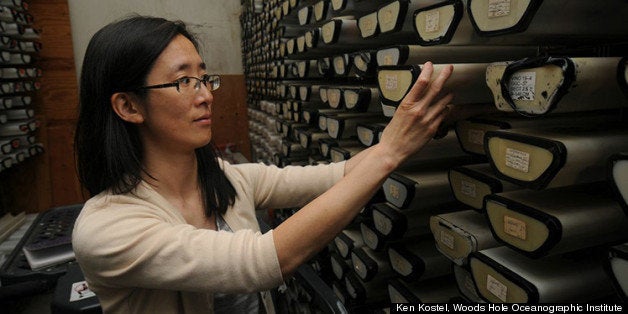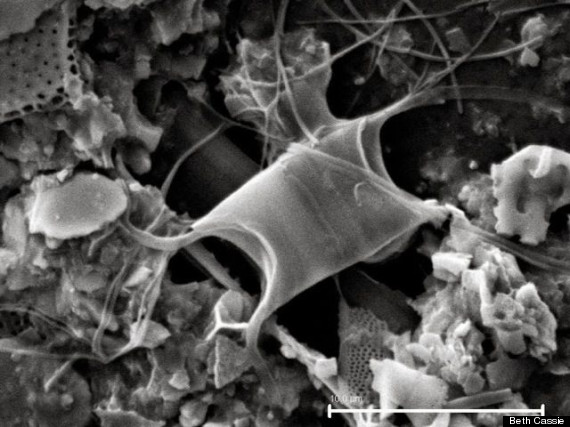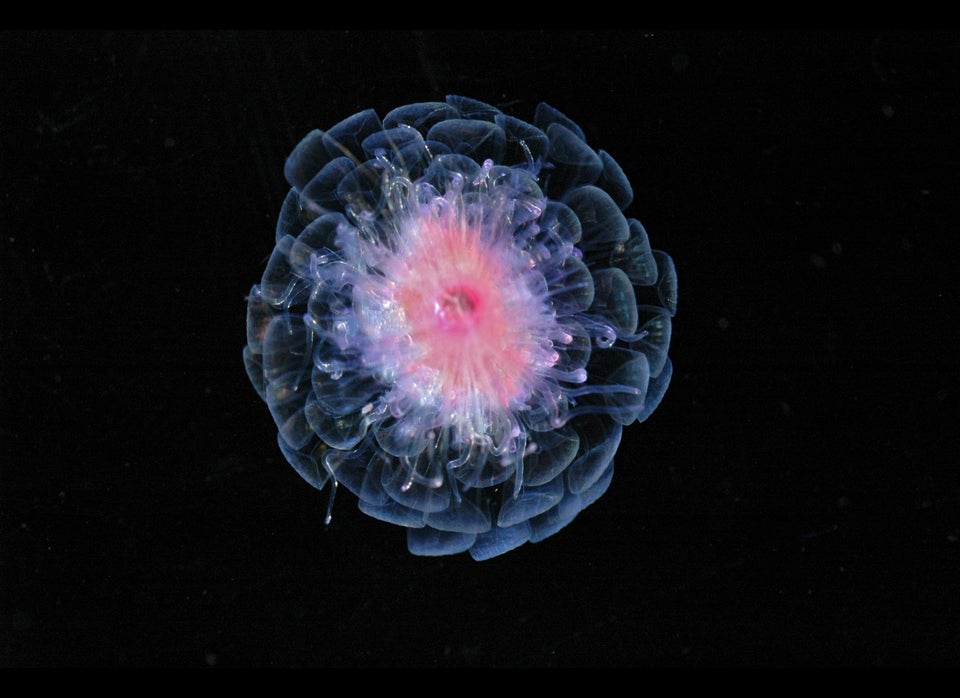
It's long been known that after the last Ice Age, the northern reaches of the Pacific Ocean erupted with life, but scientists were at a loss to explain why.
Until now.
Old theories held that iron washed off land into the ocean when glaciers melted and sea levels rose -- and this iron served as a nutrient for new life forms. But a new study from the Woods Hole Oceanographic Institution (WHOI) suggests instead that swirling currents created by rising temperatures kicked up nutrients from the bottom of the ocean, which created a layer at the ocean's surface ideal for sustaining life.
For the study, the Woods Hole team took a fresh look at a sediment core taken from an area near Russia's Kamchatka Peninsula. The sample contains materials dating from the present to back before the burst of biological activity. Previous analyses of the core revealed evidence for the rapid growth of new life forms in the North Pacific. But the Woods Hole team was the first to look for the iron that may have sustained these life forms.
“We saw the flux of iron was really high during glacial times, and that it dropped during deglaciation,” study co-author Dr. Phoebe Lam, an associate scientist at WHOI, said in a written statement. “We didn’t see any evidence of a pulse of iron right before this productivity peak.”
Instead, the scientists believe that a warming atmosphere kickstarted the rapid growth of new life in two phases. First, currents of water brought nutrients to the ocean's surface. Then, melted glacial water moved tiny creatures like phytoplankton up to this nutrient-rich area, where they also had access to light from the sun and some iron. Once the creatures used up the nutrients and iron levels went down, the burst of biological productivity dropped off.

A scanning electron microscope image reveals a resting spore of the Chaetoceros diatom, a kind of phytoplankton that may have grown abundant during the burst of biological activity that followed the end of the last Ice Age in the North Pacific Ocean.
While the new findings solve a longstanding mystery, they also have implications for climate change today.
“Certainly before we think about adding iron to the ocean to sequester carbon as a geoengineering tool, we should encourage studies like this of natural systems where the conditions of adding iron, or not, on longer and larger time scales have already been done for us and we can study the consequences,” Lam said in the statement.
The study was published online on July 14, 2013 in Nature Geoscience.
